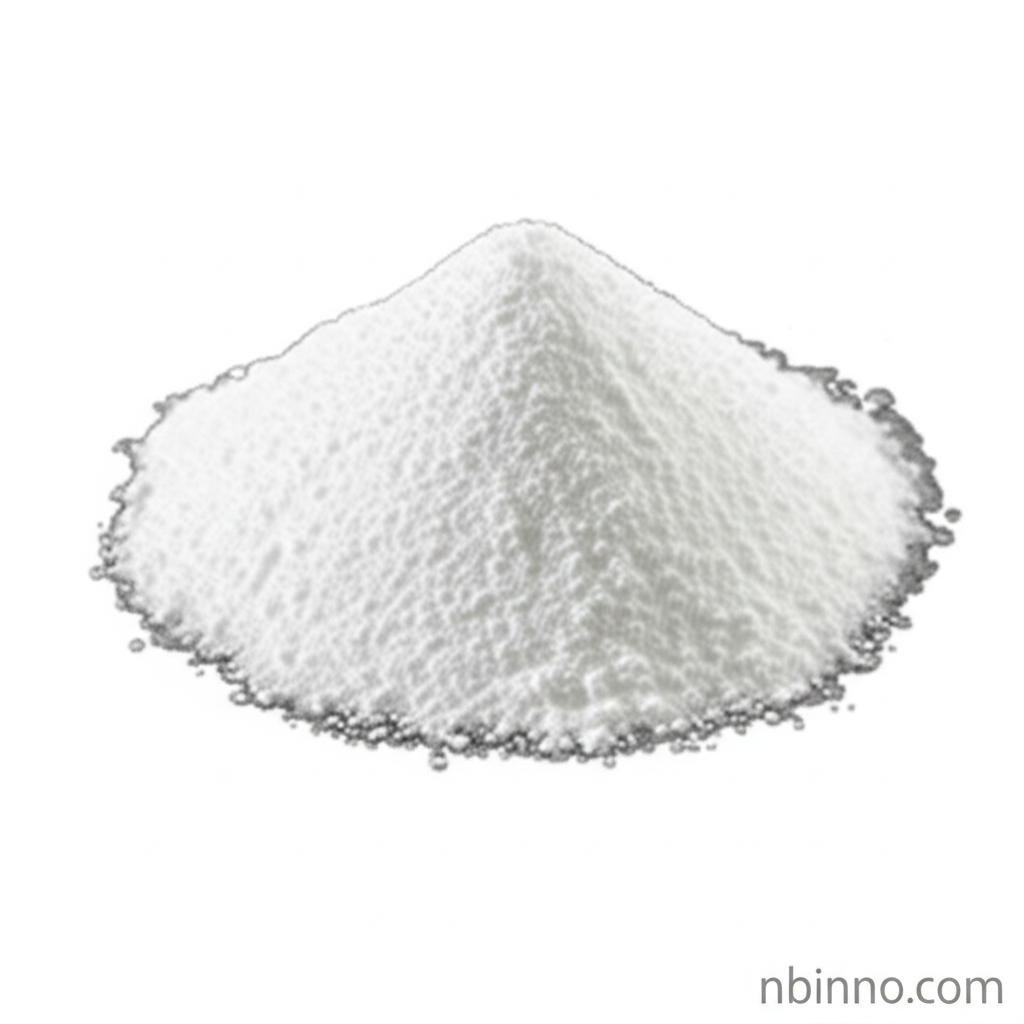Enhance Your Printing Inks with Premium Ethyl Cellulose
Discover the versatile properties of Ethyl Cellulose as a key component for superior ink formulations.
Get a Quote & SampleProduct Core Value

Ethyl Cellulose
Ethyl Cellulose is a high-performance polymer widely utilized in the printing ink industry. It acts as a crucial binder, thickener, and film-forming agent, significantly improving ink consistency, fluidity, and stability. Its ability to enhance adhesion and film-forming properties leads to more uniform and smoother ink coatings, making it indispensable for a wide range of printing applications.
- Achieve optimal ink performance with ethyl cellulose for printing inks, ensuring better adhesion to various substrates.
- Leverage ethyl cellulose as a binder for inks, providing excellent film flexibility and impact toughness for durable prints.
- Utilize ethyl cellulose thickener for inks to precisely control ink viscosity and improve rheological properties for precise printing definition.
- Benefit from the high purity ethyl cellulose for printing, ensuring clean burnout and minimal residue in specialized applications like conductive pastes.
Key Advantages
Enhanced Film Properties
Ethyl cellulose polymers create films with remarkable flexibility, even at low temperatures, offering excellent impact toughness and improving abrasion and scuff resistance in printed materials, a key benefit when using ethyl cellulose for gravure inks.
Precise Rheology Control
As a pseudoplastic rheology modifier, ethyl cellulose for printing inks allows for fine-tuning of ink viscosity, ensuring proper ink definition and transference, crucial for achieving sharp images with flexographic ink formulations.
Broad Compatibility
The organosoluble nature of ethyl cellulose makes it compatible with a wide array of solvents and other ink formulation components, offering formulators flexibility and enabling the creation of high-strength films with improved printability on challenging substrates.
Key Applications
Gravure Inks
Ethyl cellulose enhances gravure ink formulations by acting as a rheology control agent and binder, leading to improved fluidity, stability, and a smooth surface finish, essential for high-quality packaging and publication printing.
Flexographic Inks
Used in flexographic inks, ethyl cellulose improves adhesion, film formation, and provides excellent resistance to abrasion, making printed materials more durable for labels and packaging applications.
Screen Printing Inks
In screen printing, ethyl cellulose ensures excellent adhesion on non-porous surfaces and helps maintain vibrant color retention, making it ideal for textiles, ceramics, and signage.
Specialty Inks
Its stabilizing properties also make ethyl cellulose suitable for specialty inks, ensuring stable pigment dispersion for unique visual effects in applications like greeting cards and security documents.
